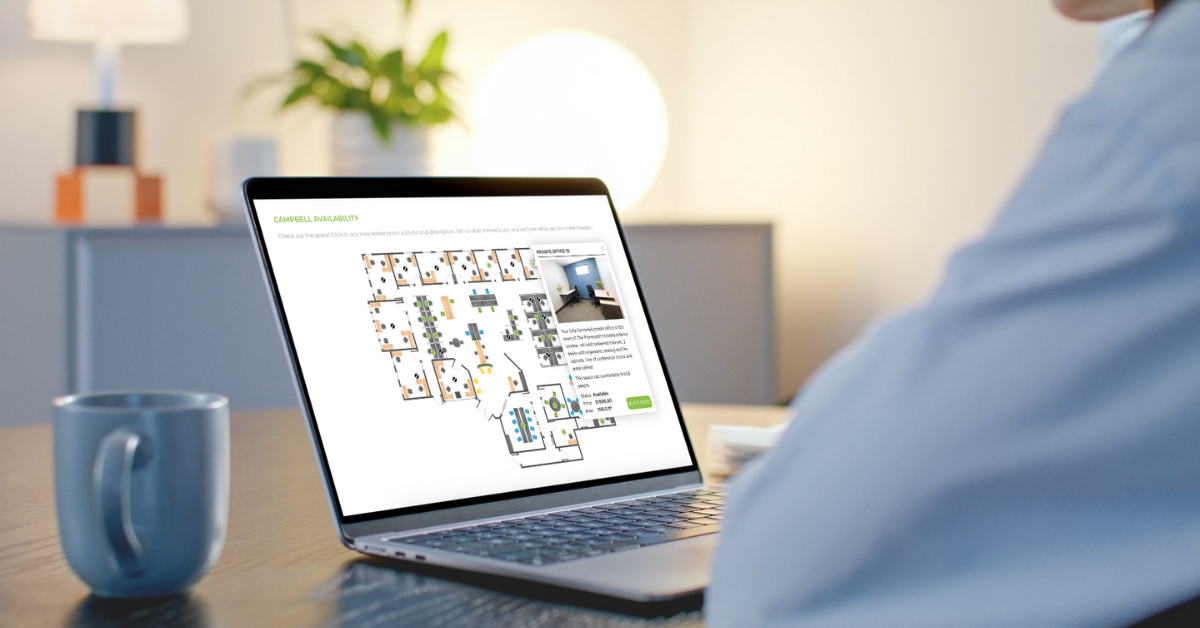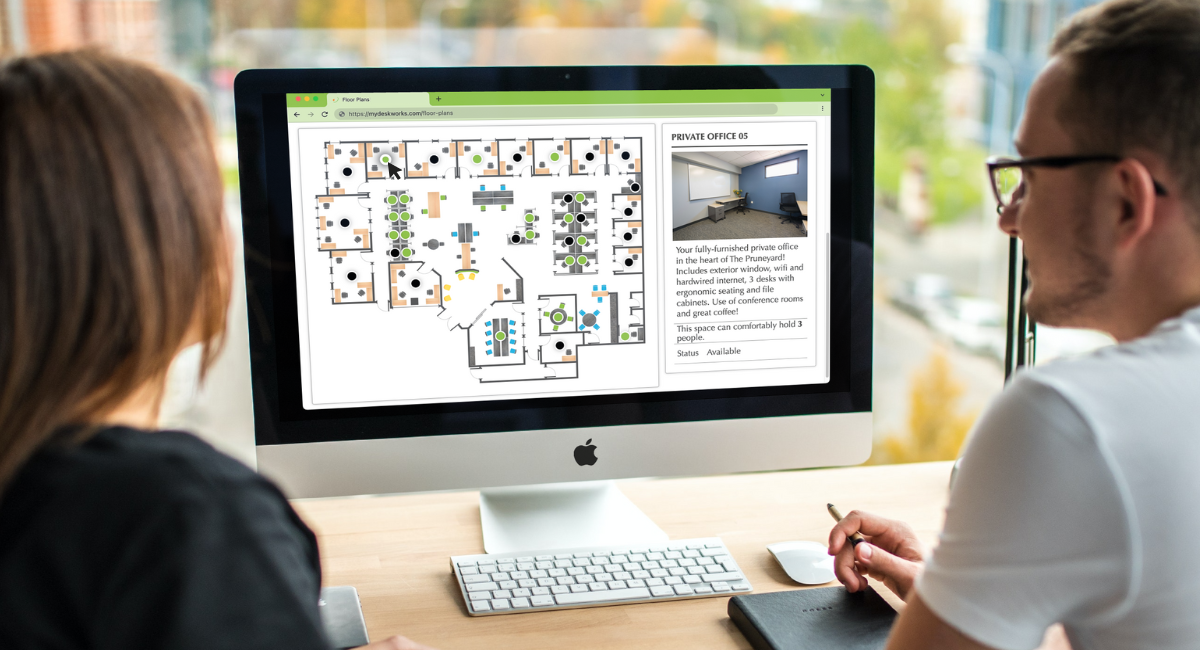How to Run a Coworking Space with Just One Person

Can one person run a coworking space?
Can you run a space remotely?
Can you run a sustainable space with reduced staffing?
These are all pressing questions right now as workspace operators pivot, rethink and cut back to stay afloat during COVID.
The answer to all of them is yes…if you have the right workspace software and systems in-place. Here are 10 strategies to run a space with one person from Deskworks founder and CEO Barbara Sprenger.
1. Real-time Information
Your software needs to give you a clear view of what’s happening in your space at any time, from wherever you are. You need real-time information about who is in the space, any access or security issues that may come up, income for the month, accounts receivable, membership plans, billing questions etc. And you need to be able to do this quickly and easily.
That information needs to be up-to-the-minute. If you’re running a space remotely, having data from yesterday or last week isn’t much help for something pressing right now.
Having long term data on your workspace software is, of course, essential, but that’s only one piece of the equation. Make sure your space management software gives you real-time access to information and member usage.
2. Member Communication
Do you have an easy way to message all members, as well as all members who are in the space at any given time? It’s essential that you can quickly contact everyone in the space, if necessary—even if your space is currently unstaffed.
3. Remote Access
If someone gets locked out of the space or their office, you need to be able to give them access to the space remotely. This is true for members, as well as non-members who may be using your conference room or other meeting space.
4. Call Forwarding
To run a space remotely, you need to have a phone system that forwards to wherever you are. You can then answer any questions that may arise because you have all the member, plan and workspace info in front of you online.
5. Adjust Bandwidth
If someone has a big project that requires expanded bandwidth, you need to be able to adjust bandwidth on-the-fly—and charge accordingly for it.
6. Remote Booking
Can non-members book your meeting space remotely? Can they do it intuitively and easily? Deskworks enables quick and customizable booking directly from your website (or wherever you’d like). We make our meeting room space available to non-members only during open hours, but your policies can be different.
7. Flexible Staffing
With reduced hours and a less-than-full space, you need to have flexibility with your staffing. One strategy is to have a part time community manager, a system to run your space remotely, and additional support to call in, if needed.
8. Automate as Much as Possible
Automation will save you time, energy and money. Automate as much as possible in your space, including no-touch access, self-sufficient members, advance reservations, virtual tours, automated billing, aggregator tracking and simple printing systems.
9. Work the Phones
Work with people as much as possible by phone or Zoom to close a sale. You can give virtual tours, answer their questions, send them documents and check credentials remotely.
10. Stay Well
Do everything you can to keep yourself, your staff and your members healthy and well. We will get through this together.
Deskworks handles all of the above for you—and much more. Contact us to learn more and see how we can help you automate your space and stay afloat during this challenging time.





